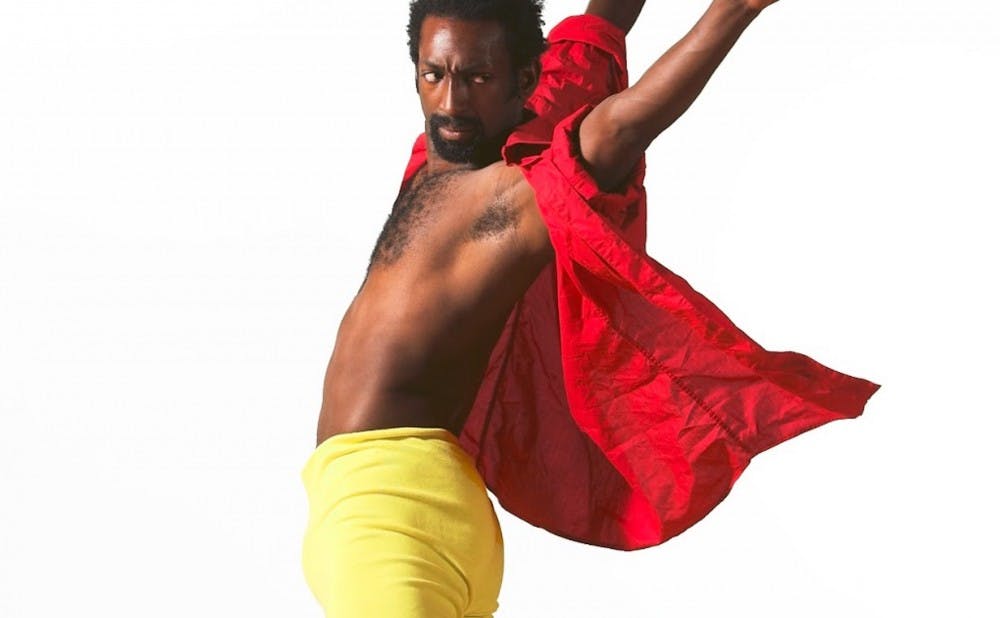On Saturday afternoon, the Nasher Museum of Art will host an event called “Disability and the Arts” as the culmination of Disability Pride Week. For the last few years, Duke Disability Alliance has put on a week of programming that aims to raise awareness and celebrate the diversity of students with disabilities on campus. In partnership with the Nasher, DDA will bring three artists to campus this year as part of the event to highlight the generative capacities of people with disabilities.
Antoine Hunter, a deaf dancer, Barbara Barnes, a local visual artist and Carrie Sandahl, a professor of Disability and Human Development, will all be in attendance. The three guests cover the fields of dance, visual art and film, respectively. In addition to the lineup of speakers, there will be a catered reception and a sensory tour to conclude the event. This tour will provide those who are visually impaired an audio guided tour of the galleries and allow for a more complete experience. ASL interpreters will also be present during the entirety of the event.
Hunter is the founder of Urban Jazz Dance and dances using the vibrations of the music. His dance is powerful yet nuanced and shatters the idea that deafness is a limitation for dance. Myra Weise, visitor services manager at the Nasher, said Hunter’s dance is “thrilling to watch.”
“As someone with dance training, I know the trust you need to have of your body internally to move your body in space,” Weise said.
Barnes is a local artist from Carrboro and she will be doing live art sketches at the event. She received her B.F.A. in painting from Syracuse University and has since expanded recreation and arts programming for rural communities in Carteret County, N.C.
Sandahl will be speaking first at the event. She has written a book about the topic of disability and performance called “Bodies in Commotion”; she is also the writer and producer of the film “Code of the Freaks,” which deals with critiques of Hollywood's representation of people with disabilities. She travels as a public speaker and presents her research at universities in the U.S.
As the most ambitious event that DDA has ever put on, the planning for this event began over the summer. Reserving the speakers and orchestrating the entire event was a collaboration between the Nasher and DDA. While the students of the DDA chose the artists they wanted there, Marion Quirici, the DDA’s faculty advisor, helped to connect the students with Weise. After meetings and discussions of what was actually possible at the Nasher’s space, the event solidified.
According to Quirici, the purpose of the upcoming event is to “celebrate the generative capacities of people with disabilities.” Often people with disabilities are only seen as consumers of art but it is important to recognize that they are also capable to creating art.
“If you think of art as creative expression or expression of oneself, anyone can do it. Anyone should be able to experience it,” Weise said.
Exploring the intersection between art and disability provides a different perspective on both topics. For example, by redesigning dance so that people with disabilities are involved, “We're expanding our notions of what constitutes the aesthetic, the beautiful by imagining different bodies participating in that,” Quirici said.
For Weise, this event is “providing another angle of what’s possible.”
“My hope, personally, for both the students and public that experience this event is that it’s still possible to experience art no matter what or where you come from or what you were born with or what you’ve developed,” she said.
Visual art is one thing that people with visual impairments are not able to access. At this event, visitors will be able to go on a sensory tour of the galleries where audio will be used so that the art can be accessible to everyone. In line with part of Nasher’s mission of expanding accessibility, it has a task force that meets monthly to discuss how the museum can better accommodate all visitors.
While the Nasher is equipped with physical accessibility features such as accessible parking, seating and elevators, the museum staff and DDA worked hard to ensure that everyone is able to attend. In line with raising awareness about accessibility, one of events during Disability Pride Week is Accessibility Matters Day, where DDA is encouraging students to walk only accessible routes. When students encounter barriers, they are encouraged to take photos and share on DDA’s Facebook page.
Note: If you want to attend this event and have a specific accommodation requests, you can contact dukedisabilityalliance@duke.edu so DDA can coordinate with you about specific accommodations.
Get The Chronicle straight to your inbox
Signup for our weekly newsletter. Cancel at any time.

